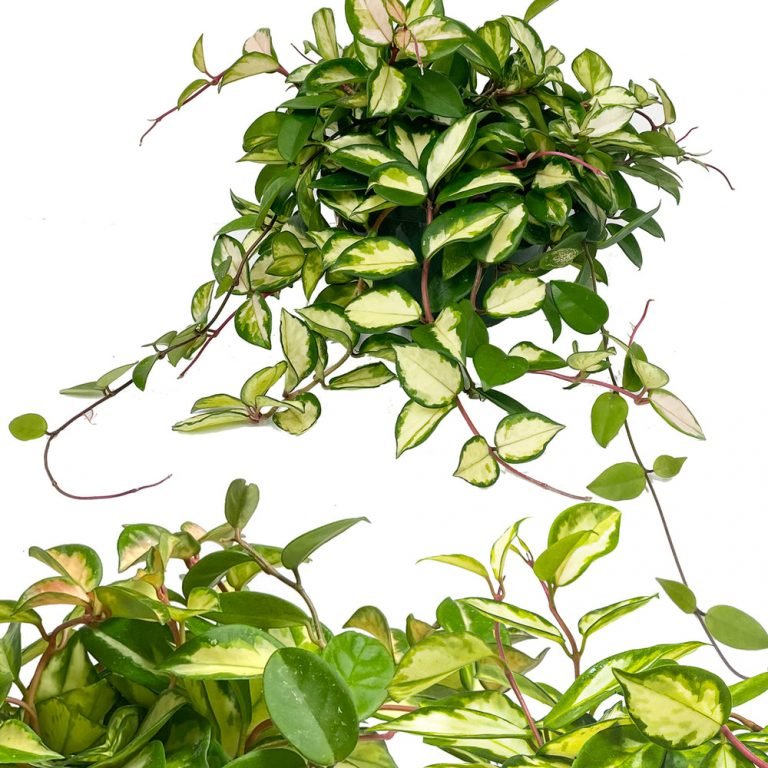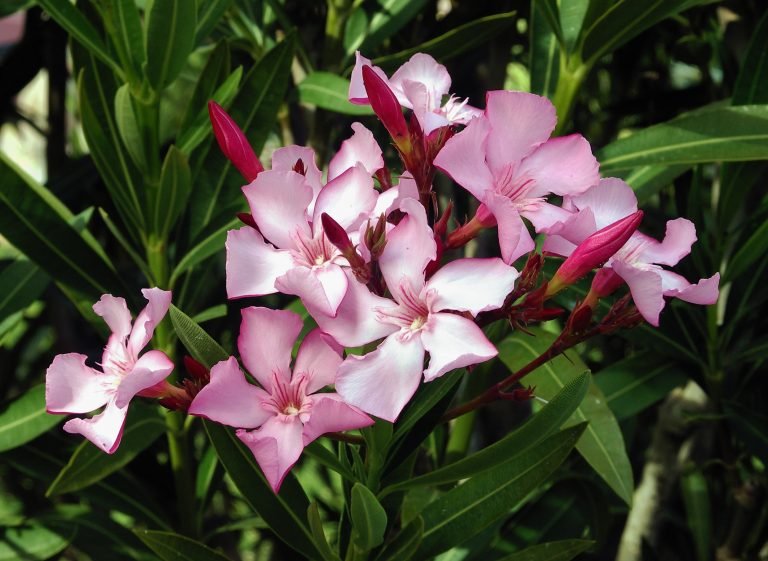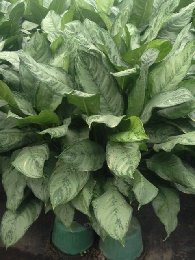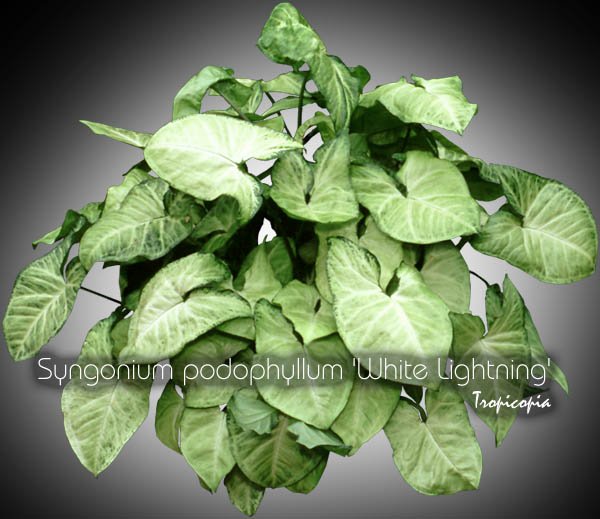Kentia palm (Howea forsteriana) – All You Need To Know
About Kentia palm (Howea forsteriana)
Howea forsteriana, also known as the “Kentia Palm,” is a tropical plant native to Lord Howe Island that is known for its long, feathery fronds and tall, slender trunk. It is often grown as an ornamental plant in outdoor gardens or as a houseplant, and it requires bright indirect light and regular watering to thrive.
General Information
Family: Arecaceae
Category: Palm
Origin: South Pacific
Native Climate: Tropical
Hardiness Zone: 11-10
Best as: Potted plant & Primary plant.
Where to grow Kentia palm?
Kentia palm is a common household plant that can be grown in various environments. They are Tropical plants that thrive in the hardiness zone of 11-10 with a minimum temperature of 12 and maximum temperature of 28.
Below is a typical map of the US hardiness zone where you can check your location and see if Kentia palm can survive in your locale.
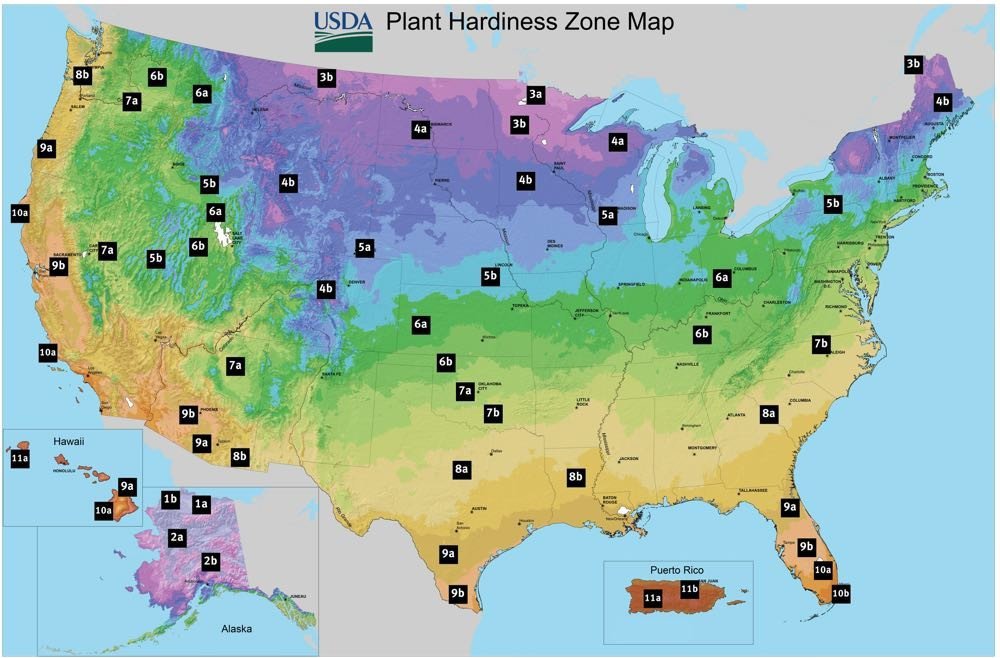
Kentia palm is native to the Tropical climate of South Pacific so it will survive best in a similar climate. However, being from a resilient Arecaceae family, it can also be found in most unusual places.
Sunlight Requirements of Kentia palm
The idea lighting conditions for Kentia palm is Strong light between 21,500 to 3,200 lux or 2000 to 300 foot-candle. However, it can also survive and grow in diffused light less than 5,300 lux or 500 foot-candle.
Watering Requirements for Kentia palm
When watering household plants like these, it is important to keep the soil moist but not overly wet. Allowing the soil to dry out completely between watering can also stress the plant and negatively impact its growth and health. So the best practice is to keep the soil moist between watering but not let it dry out completely. To check the moisture level in the soil, you can use a moisture meter or simply stick your finger into the soil up to the first knuckle. If the soil feels dry to the touch, it is time to water the plant. If the soil is still moist, it is not yet time to water the plant.
Is Kentia palm prone to insects?
Kentia palm is not prone to insects
Common diseases: N/A
Common posture & style
Kentia palm has a Erect posture with an upright, vertical posture, with their leaves and stems growing straight up from the base of the plant.
It has beautiful Dark green leaves. Its main appeal is its Style. It can grow up to the height of 6.1 meters with a truck width of 6.1 meters. It has a Slow growth speed under good conditions, watering, and sunlight.
Blooming Season: non flowering
Bloom Color: non flowering
Pruning: Never
Why should you keep Kentia palm in your home?
Keeping a Kentia palm plant in your home can bring many benefits. For one, plants can improve the air quality in your home by removing toxins and releasing oxygen.
In addition, having plants in your home can help increase humidity, which can be particularly beneficial during dry winters.
Additionally, caring for your Kentia palm plant can be a relaxing and therapeutic activity, and Kentia palm in your home can add a touch of nature and beauty to your living space.
Overall, there are many reasons why everyone should consider keeping a Kentia palm plant in their home if the climate is enabling for its growth.



